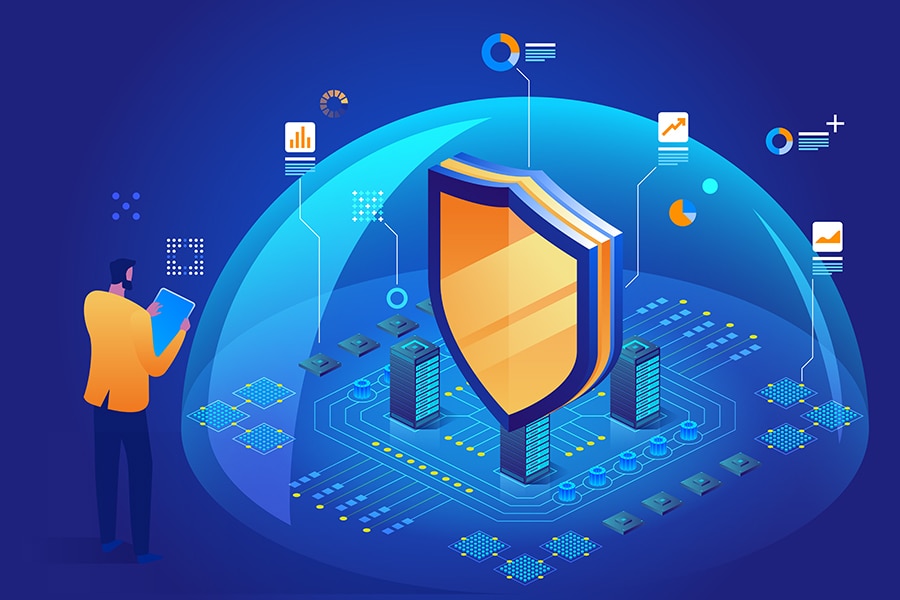
Why startups should focus on cybersecurity
Young companies don't have legacy IT issues and can implement robust cybersecurity systems right from the beginning, and not as an afterthought
 Image: Shutterstock
Image: Shutterstock
The recent data breach at online groceries leader BigBasket spotlighted the Indian startup ecosystem’s need for more robust cybersecurity. Various media reports show that other well-known startups have also been recent targets of cyberattacks, some of which have been successful. Industry experts and analysts say that Indian startups need to invest in security right from the beginning, and build security into the very DNA of their organisations and partner-managed security service providers, where budgets might be a constraint.
In the first quarter of 2020, there was a 131 percent increase in malware compared to the same period in 2019, according to Fortinet, an enterprise security provider. The significant rise in viruses is mainly attributed to malicious phishing attachments that come with emails. “As users were connected to their home networks, adversaries had multiple avenues of attack,” says Rajesh Maurya, regional vice president, India and SAARC, Fortinet. Malware target devices including routers, tablets, gaming and entertainment systems, and Internet of Things (IoT) devices such as digital cameras and smart appliances, with the ultimate goal of finding a way back into a corporate network and its valuable digital resources, he says.
The most Covid-19-related lures took place in April and May, and email-based threats were by far the most dominant; the numbers have since dropped. These threats were in the garb of layoff notices sent to employees, false purchasing orders, messages from HR departments—anything that could exploit the huge shift in the work environment that employees were experiencing.
Of the enterprises Fortinet surveyed for the Fortinet 2020 Remote Workforce Cybersecurity Report, 60 percent revealed an increase in cybersecurity breach attempts following the transition to remote working, while 34 percent reported actual breaches in their networks.
The sudden move to remote working has put the agenda of cybersecurity on the front burner for almost all organisations in India, says Prateek Bhajanka, senior principal analyst at Gartner, a consultancy. According to Gartner, the information security market in India is expected to grow at a rate of 8.5 percent and 12.1 percent in 2020 and 2021 respectively, compared to the global growth of 6.6 percent and 9.2 percent.





